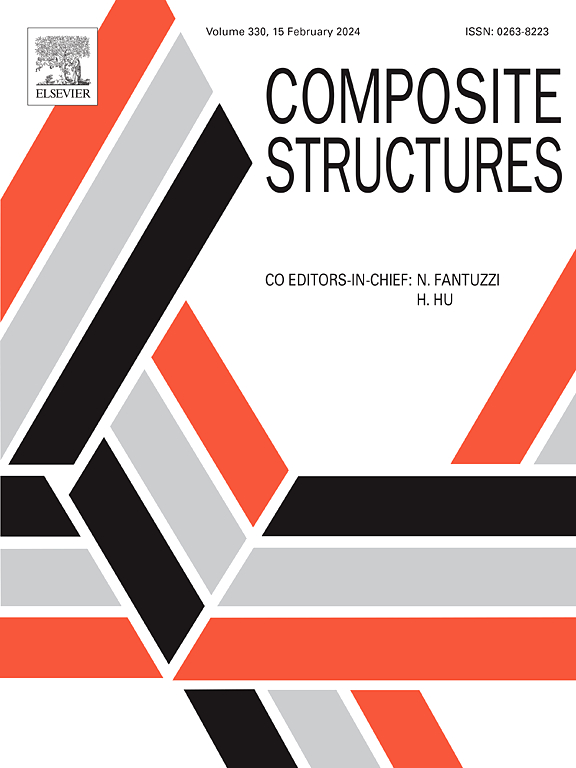Experimental and numerical investigation on shear behavior of concrete beams reinforced with CFRP grid shear reinforcements
Abstract
This research investigated the shear behavior of concrete beams reinforced with Carbon Fiber Reinforced Polymer (CFRP) bars and grids as longitudinal reinforcements and stirrups, in experiment and finite element (FE) methods. Five concrete beams were tested under a monotonical load and experienced shear failure as expected. The test variables including stirrup ratio and grid dimension were considered to investigate the interaction between grid and concrete, and the influence between the horizontal and vertical fibers of the grid. It found that reducing the grid dimension with the constant stirrup ratio could effectively improve the stress distribution of the grid and the shear capacity of the beam. The grid dimension greatly determined the shear capacity of specimens when the stirrup ratio changed in a small range. The horizontal fibers of the grid had anchoring effects on the vertical fibers and directly carried the tensile stress from concrete at the top and bottom of the beam. In FE analysis, the fiber composite layer was adopted to simulate the CFRP grid. The load-midspan deflection of specimens and strain development of the grid in the FE model showed good agreement with the tests. In parameter analysis, the grid configuration with the horizontal fiber arranged in the middle or upper part of the section was recommended.

 求助内容:
求助内容: 应助结果提醒方式:
应助结果提醒方式:


